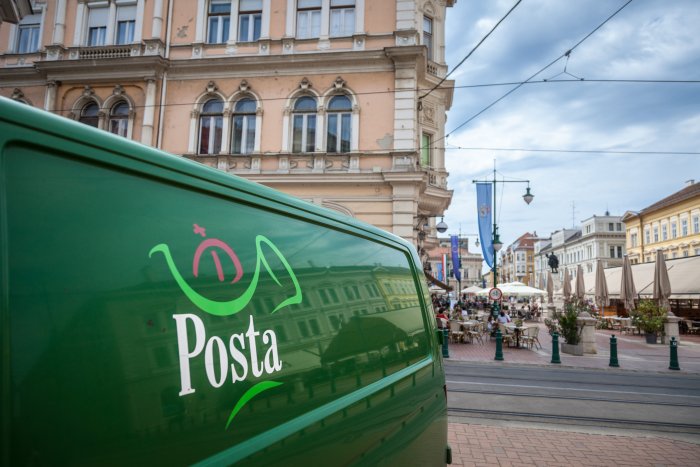Mobility as a personalized service MaaS

Let us imagine a future where our travels are seamless and suited to our own preferences, by accessing all modes of public and private transport effortlessly. A scenario where we can spend our time on activities which give us joy, instead of sitting in traffic jams for hours and waiting in a line of people in front of ticket machines. The good news is that this is no longer a utopian scenario.
András Kéri, Manager, Advisory Services, PwC Hungary
Mobility as a Service
In our current transport system, users need to plan and book their travel on different platforms, then pay for these all services using separate channels. The wider the variety of modes the users wish to use, the more complicated it becomes to reach their destination. Mobility as a Service is a solution that offers a comprehensive approach to this problem, by integrating all modes of transport, including public and private, into a single platform, on which users can access trip planning, booking and payment gateways in one. MaaS offers a new alternative to our current ownership-based mobility practices.
Whatʼs Behind MaaS?
The existence of technology will not lead to immediate success. The deployment of MaaS relies strongly on the regulatory environment and the availability of government subsidies. Moreover, local features, such as the public transport portfolio, the quality of the infrastructure and travel behaviors have a significant impact on the practical implementation of MaaS.
Good Practices
PwC has found five operating models based on analysis of global practices.
• City Transport Service Provider: This model was launched in Vienna, where the local public transport provider allows users to access public transport, car-sharing, car rental and parking services through the WienMobil application.
• Nation Transport Service Provider: A great example is Switzerland. The national railway company developed the SmartWay app, on which, besides the company’s own railway and car-sharing services, micro mobility tools can also be accessed.
• External Market Player as an Operator: An external technology provider lies in the heart of this model, such as in the case of the Finnish Whim app. With the app, users can combine a variety of transport modes, and select monthly subscription packages or “pay as you go.”
• Public-private Partnership: This offers the opportunity to develop the transport systems of small rural areas, just as the EU funded the MAMBA project, which aims to improve the life quality of otherwise isolated communities with the integration of transport services.
• Private Transport Service Provider: According to this model, Uber has integrated the local public transport and bike-sharing services into its own platform, which can now be combined with Uber’s own ride-hailing and freight services.
Out with the Old
Today’s international examples are only forerunners of MaaS solutions. In Hungary, due to the low integration of transport infrastructure, the failed attempts of public transport providers to develop digital services, and the fragmentation of the micro mobility and car-sharing markets, there is the possibility that a new model will be implemented.
SUPPORT THE BUDAPEST BUSINESS JOURNAL
Producing journalism that is worthy of the name is a costly business. For 27 years, the publishers, editors and reporters of the Budapest Business Journal have striven to bring you business news that works, information that you can trust, that is factual, accurate and presented without fear or favor.
Newspaper organizations across the globe have struggled to find a business model that allows them to continue to excel, without compromising their ability to perform. Most recently, some have experimented with the idea of involving their most important stakeholders, their readers.
We would like to offer that same opportunity to our readers. We would like to invite you to help us deliver the quality business journalism you require. Hit our Support the BBJ button and you can choose the how much and how often you send us your contributions.




.jpg)


